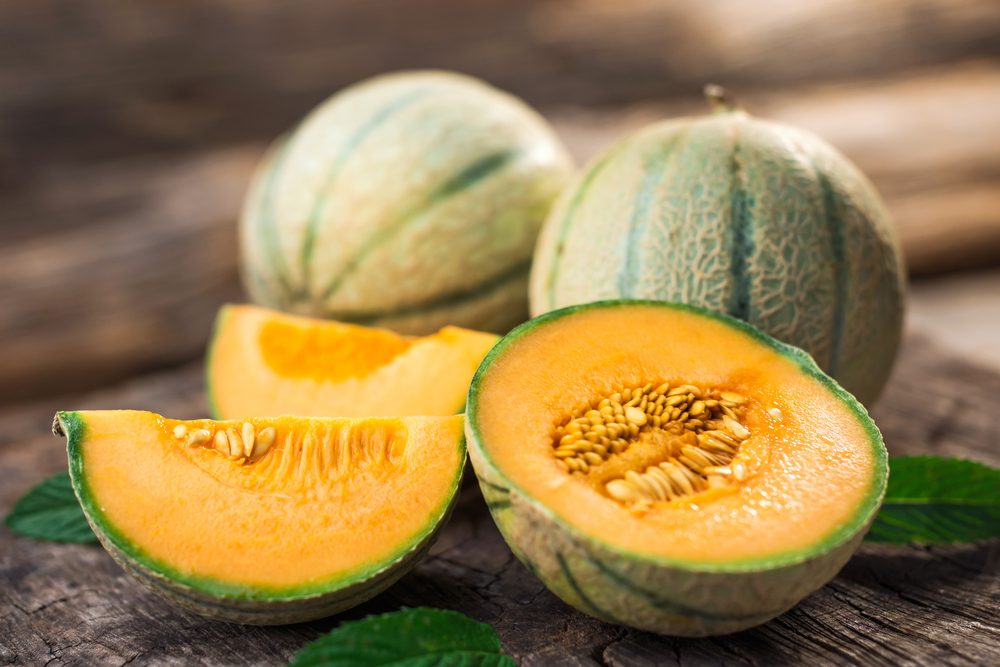Do you dream of enjoying a fresh, fragrant, sun-soaked melon straight from your garden? Growing your own melons is within reach, even for novice gardeners, as long as you follow a few simple rules. Here’s how to embark on this delicious and practical journey with confidence.
Melon in All Its Forms
Before diving into melon cultivation, let’s get to know this plant better. Native to Africa, the melon belongs to the cucurbit family and is classified under the Cucumis melo genus.
Its long trailing stems can climb with the help of small tendrils. Melon leaves are large, round, and lobed. The flower is a beautiful bright orange and is delicate, lasting only a day. Note that each plant produces both male and female flowers, with the females easily identifiable by a small developing fruit at their base.
Common types of melons include:
- Cantaloupes or Muskmelons: Highly fragrant but with a short shelf life.
- Hairy Melons: Recognized by their reticulated skin, these last longer in storage.
- Winter Melons: These have a thick skin that allows for excellent long-term storage.
Choosing the Right Time to Plant or Seed
Melons thrive in warm conditions, so it’s crucial to choose the right planting time. Depending on your region, the ideal period varies, but generally:
- Sow directly in the ground once the threat of frost has passed, typically around mid-spring.
- If you prefer to get a head start on the season, opt for seed starting in pots in a warm place (greenhouse or heated veranda) between February and April, then transplant them into the garden around May.
Planting Your Melons Step by Step
To successfully plant your melons:
- Prepare the site by selecting a very sunny location with a deep, well-drained soil. Consider enriching the soil with compost or a potassium-rich fertilizer (like one for tomatoes).
- If planting multiple melon plants, maintain a distance of about one meter between each one. Dig a generous hole, twice as wide as the root ball. Place the previously hydrated root ball level with the soil, fill it with a mix of soil and compost, and gently compact it. Create a basin around the plant to facilitate watering.
- Tip for saving space: Trellis your melons on a support to allow them to climb. Remember to support the fruits with small nets to prevent breakage.
Ensuring Successful Care for Your Melons All Season Long
To achieve a tasty harvest, here are the care tips for your melons:
Water Regularly
Regular watering is essential. Melons thrive with consistent moisture but without waterlogged conditions. To reduce evaporation, use mulch around your plants.
Maintain Cleanliness with Mulch
By applying a natural mulch (straw, wood chips), your melons will stay clean and protected from moisture that can harm them when lying directly on the ground.
Properly Pinching Your Plants
Pruning melons is necessary to enhance the size and flavor of your fruits. Once the main stem reaches one meter, pinch it to encourage the development of secondary stems that bear fruit.
Keep a maximum of 3 or 4 fruits per secondary stem by pruning two leaves after the last formed melon.
Harvesting Your Melons Properly
How can you tell when your melon is perfectly ripe? Check the base of the stem: it will crack when it’s ready to be picked. Harvesting at this point will ensure that your melon is sweet and aromatic.
The fruit can be stored for a few days in a cool place, but take it out of the refrigerator a few hours before tasting to allow its full aromatic profile to unfold.
Have you ever grown your own melons? Which variety do you prefer in your garden? Feel free to share your tips or questions in the comments! Your feedback is valuable for all amateur gardeners.

